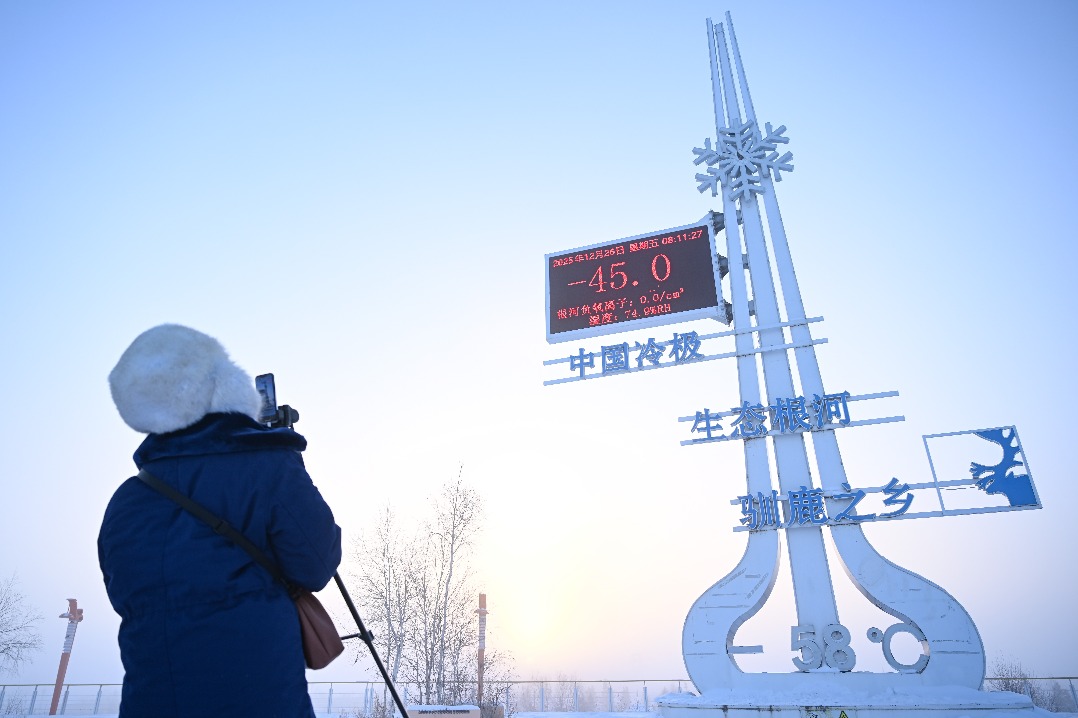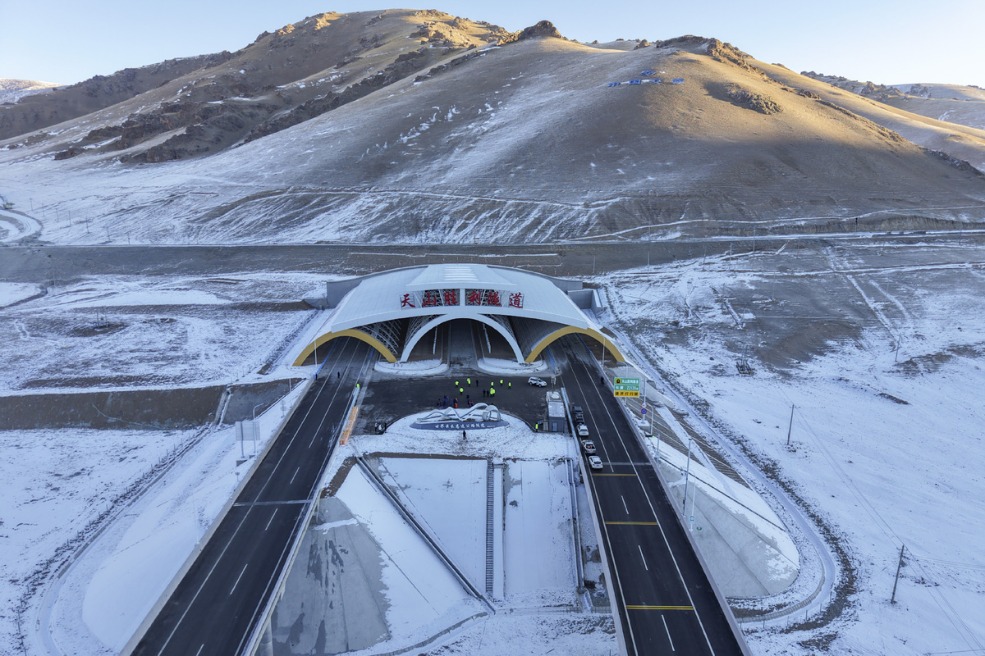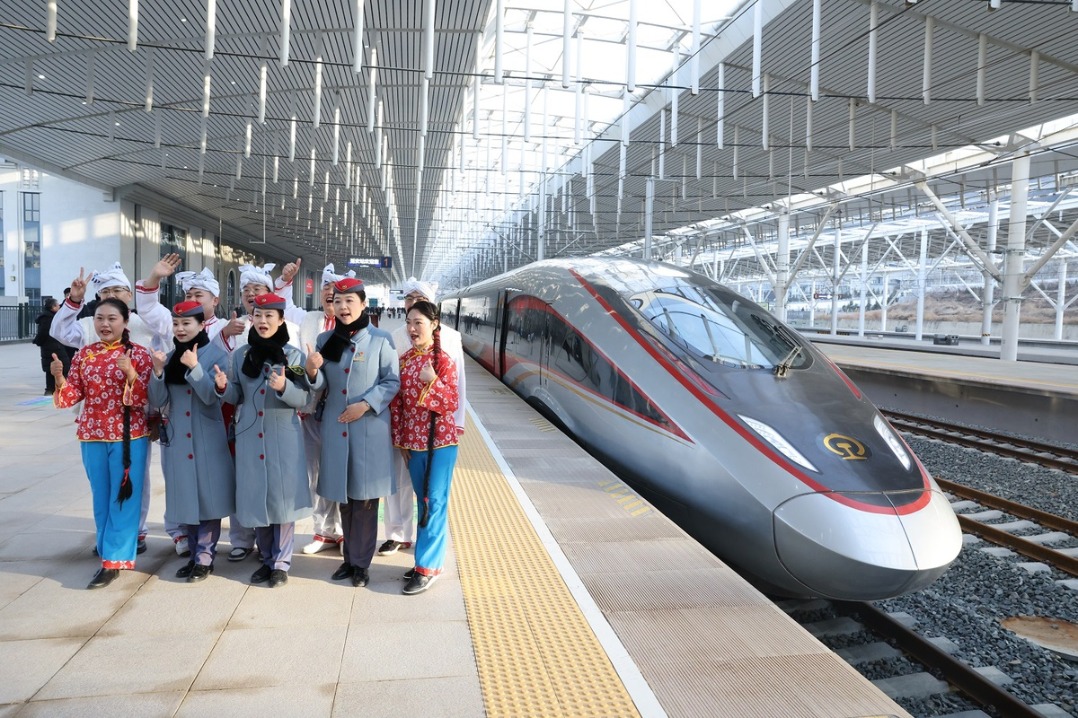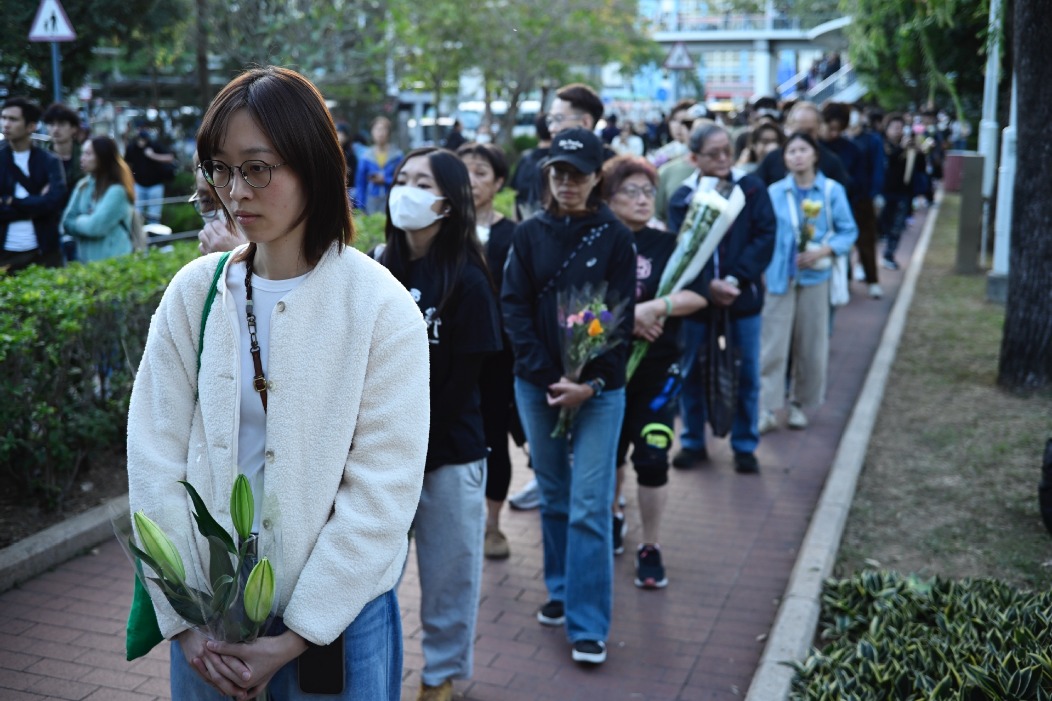Heilongjiang carbon sink program offsets enterprise emissions

When China's first forestry carbon-sink trading system was launched in Northeast China's Heilongjiang province in July, initial trading reached over 4 million yuan ($565,000).
Carbon sink refers to natural systems or artificial facilities such as forests, wetlands and oceans, capable of absorbing and storing greenhouse gases like carbon dioxide.
In carbon-sink trading, companies or organizations can invest in forest development, converting it into the amount of greenhouse gases absorbed from the environment to offset their own carbon emissions.
In August, the Ministry of Natural Resources announced at a news conference that the annual carbon sink of the nation's forests and grasslands exceeds 1.2 billion metric tons of carbon dioxide equivalent, ranking first in the world.
At the beginning of this year, the National Forestry and Grassland Administration proposed further promoting the rational utilization of forestry resources as part of the green transition, encouraging forestry departments across the country to develop carbon-sink projects and urging emission-producing enterprises to purchase forestry carbon sinks to offset their carbon emissions.
"As the first provincial-level forestry carbon-sink trading system initiated by forestry and grassland authorities, it provides a good reference for forestry carbon-sink trading efforts in other provinces," said Guo Qingjun, an official at the ecological conservation department of the administration.
Heilongjiang has 20.12 million hectares of forests, accounting for 8.7 percent of China's total forest area, with an estimated carbon storage of around 5.7 billion tons.
In June 2022, the Harbin branch of the Industrial Bank of China made the first online bid in Heilongjiang for 15,000 tons of forestry carbon sinks developed by Sengong Carbon Asset Co.
By purchasing these carbon sinks, the Harbin branch of the Industrial Bank of China was able to offset the greenhouse gas emissions from 29 offices in terms of direct emissions, indirect emissions and other related but non-direct activities.
Carbon sequestration capacity varies in different regions and with different tree species. In order to improve the forestry carbon-sink trading system, it is necessary to accurately calculate the carbon sequestration capacity of each forest, which requires a standardized calculation system, said Chen Qiming, a staff member of a carbon-sink project at a forest farm in the Greater Hinggan Mountains in Heilongjiang.
They measure statistics such as tree diameter at chest height, growth status and the presence of diseases and pests, and then accurately calculate the amount of greenhouse gases that the forest can absorb.
Since 2022, Sengong Carbon Asset Co has collaborated with the Chinese Academy of Forestry and Northeast Forestry University to introduce remote sensing technology into this endeavor. They use a combination of orthoimages, elevation images and other methods to scientifically monitor fixed and control plots, exploring the integration of remote sensing technology into the carbon-sink monitoring system.
"Before entering the trading phase, carbon sinks need to be verified by a third-party auditing organization designated by the state," said technician Hu Die during an interview with People's Daily.
Heilongjiang has established a framework for a forestry carbon-sink standard system consisting of 41 standards, which are still being refined.
In addition to Heilongjiang, provinces like Fujian, Hebei and Shandong have also adopted forestry carbon-sink practices to promote green transformation.
At the Qiansongba Forest Farm in Chengde, Hebei province, more than 61,000 hectares of afforestation have been completed with a traded carbon-sink volume of 96,000 tons and a transaction amount of 3.6 million yuan.
"The development of forestry carbon-sink projects not only enhances the ecological environment but also increases the supply of ecological products and services, fostering a positive interaction between ecological protection and economic development," said Li Jian, an academician at the Chinese Academy of Engineering, in an interview with Xinhua News Agency.
China has set goals of achieving a carbon dioxide peak before 2030 and carbon neutrality before 2060.
In line with the dual carbon goals, China has piloted multiple systems to control greenhouse gas emissions. The China Certified Emission Reduction program was piloted between 2012 and 2017, before being relaunched in 2022. A national carbon emission trading market was launched in 2021, and is now the world's largest.
Xinhua contributed to this story.
- China launches satellite to aid in early extreme weather detection
- Report on mining accident that killed 6 suggests accountability for 42 individuals
- Law aimed at bolstering standard Chinese language education passed
- Connecting cities, changing lives
- World's longest expressway tunnel opens to traffic
- Taiwan lawmakers vote to pass motion to impeach Lai





































